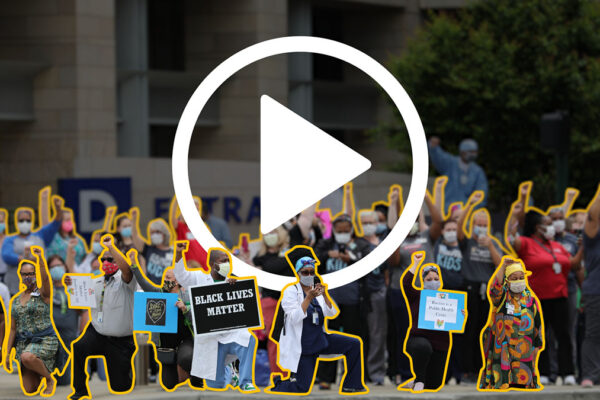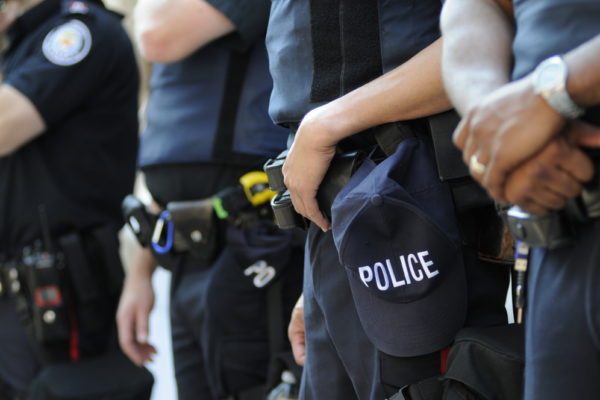Violence at the hands of police is a leading cause of death for young men in the United States, finds a new study involving Washington University in St. Louis.
“Over the life course, about 1 in every 1,000 black men can expect to be killed by police,” said Hedwig (Hedy) Lee, professor of sociology in Arts & Sciences and associate director of the Center for the Study of Race, Ethnicity & Equity.
Lee is co-author of the new study, “Risk of Being Killed by Police Use of Force in the United States by Age, Race–ethnicity, and Sex,” published Aug. 5 in the journal PNAS.

Risk of being killed by police peaks between the ages 20 and 35 for men and women and for all racial and ethnic groups, the study found. Black women and men and American Indian and Alaska Native women and men are significantly more likely than white women and men to be killed by police. Latino men also are more likely to be killed by police than are white men.
“I think that our results really underscore that police killings are a lot more common than we might have imagined,” Lee said. “Our work also provides more evidence that people of color, particularly African American men and women, but also American/Indian Alaska Native women are at risk. The next task for researchers is to get a better understanding of what is driving these patterns now that we have documented them.”
Frank Edwards of Rutgers University and Michael Esposito of University of Michigan were co-authors on the study.
“What we found maps to the racial/ethnic disparities that others have found in regards to criminal justice contact and police-involved harms,” Lee said. “The results were, nonetheless, sobering. We found quite stark disparities in risk of being killed by the police in the U.S. That police violence is the sixth-leading cause of death for African American, American Indian/Alaska Native, and Latino men between the ages of 20 and 24 should give us pause.”
The study found that black men face about a 1-in-1,000 chance of being killed by police over the life course. The average lifetime odds of being killed by police are about 1 in 2,000 for men and 1 in 33,000 for women.
“We try to provide comprehensive estimates of the risk of being killed by police in the U.S. by race/ethnicity, sex and age,” Lee said. “Our hope was to provide a more detailed and nuanced understanding of the patterning of deaths and also produce estimates of lifetime risk. Despite all the great work folks have done on disparities in police-related homicides, there hasn’t been much that’s looked at how intersecting social conditions structure risk.
The researchers used both “official” and “unofficial data” on police-involved killing.
“Our ‘official’ data come from National Vital Statistics System (NVSS), which provides the most comprehensive data on police-involved killings in the U.S.,” Lee said. “Our ‘unofficial’ data come from Fatal Encounters (FE), a journalist-led effort to document deaths involving police using crowdsourcing. Cases are identified via online media reporting and public records.”


